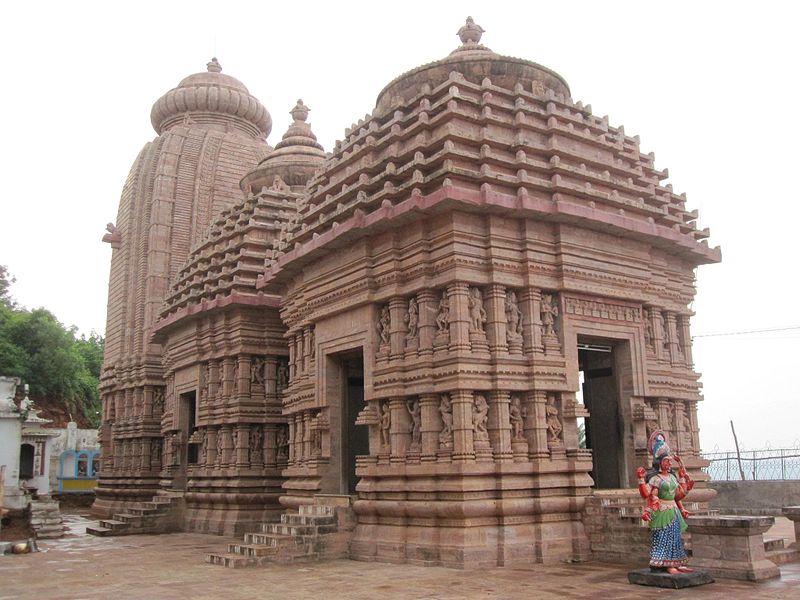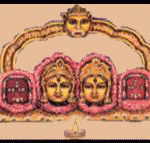
Today Open now UTC+5.5
06:30 AM - 12:30 PM
02:00 PM - 05:30 PM
-
Monday
06:30 AM - 12:30 PM 02:00 PM - 05:30 PM
-
Tuesday
06:30 AM - 12:30 PM 02:00 PM - 05:30 PM
-
Wednesday
06:30 AM - 12:30 PM 02:00 PM - 05:30 PM
-
Thursday
06:30 AM - 12:30 PM 02:00 PM - 05:30 PM
-
Friday
06:30 AM - 12:30 PM 02:00 PM - 05:30 PM
-
Saturday
06:30 AM - 12:30 PM 02:00 PM - 05:30 PM
-
Sunday
06:30 AM - 12:30 PM 02:00 PM - 05:30 PM

